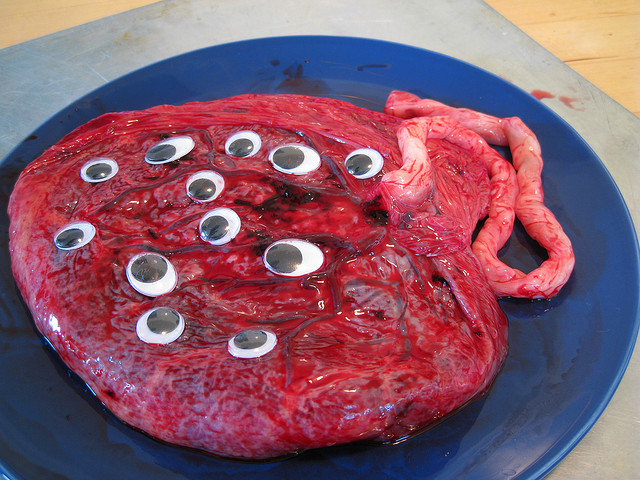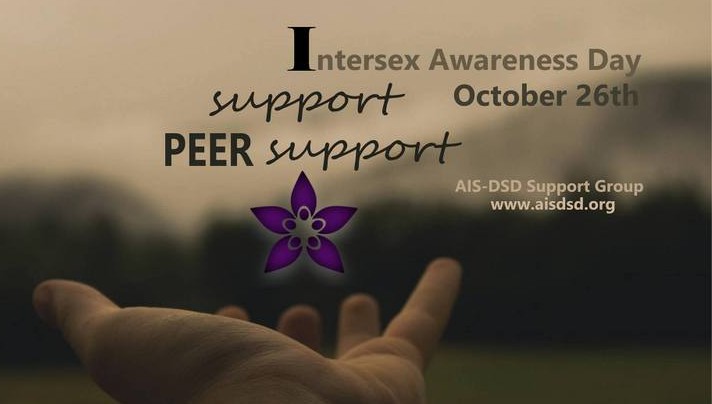Cross Post: Please Don’t Eat Your Placenta

***Editor’s note: This cross post from Grounded Parents is by Steph. Click through the link at the bottom to read the full post.***
I am guessing you clicked on this post for one of two reasons.
- You are so grossed out by the thought of eating your own or anyone else’s placenta that you wanted to read more out of morbid curiosity.
- You want to skip to the end and tell me that I can’t tell you what to do with your own medical waste.
If you are in group number one, you are right to be grossed out. Don’t get me wrong. The placenta is amazing – when it’s in your body and working to connect your baby with your uterus, giving them the oxygen, nutrients and hormones necessary to grow, develop, and thrive. It’s also the organ that transports their waste. And filters out bad stuff, so it doesn’t reach your fetus. A-freaking-mazing. But, it’s not full of magical nutrients that you can’t find in a balanced diet or able to give you amazing superpowers like boosting breast milk supply, increasing bonding with your newborn or avoiding postpartum depression. No matter if it’s fresh, fried, blended, freeze-dried or dehydrated.
A 2015 Northwestern Medicine review of 10 studies on eating the placenta (a.k.a. placentophagy) did not turn up any data to support common claims that eating raw, cooked or encapsulated placenta impacts postpartum depression, post-delivery pain, energy levels, lactation, skin elasticity, bonding, or iron levels (which I have to admit surprised me since my placentas greatly resembled ginormous livers).
Despite the fact that there’s no research evidence supporting any benefits of placentophagy, it is becoming a popular trend and many “birth professionals” like midwives, doulas, and lactation consultants recommend it and even sell “placenta encapsulation” as a service. You may be surprised to learn that contrary to what they or the internet might tell you, it is not a common practice among prehistoric, historic or contemporary human cultures. So, no appeals to antiquity please.
Placentophagy is pretty common in the animal world. Mostly to provide food for mama animals, as they recover from labor and delivery and have no one to bring them onion rings and cheese cake. Also, it helps hide mama and her new babies from predators. Neither of these functions is even remotely relevant in a modern human context. Unless, that is, you gave birth in a forest full of hungry wolves.
Click here to read the rest of the post at Grounded Parents, where you can also leave comments!




